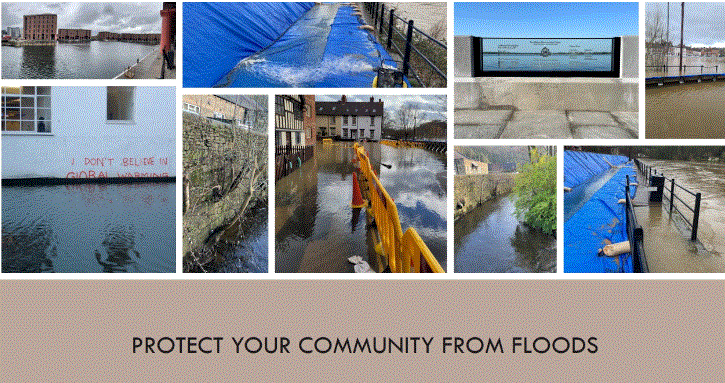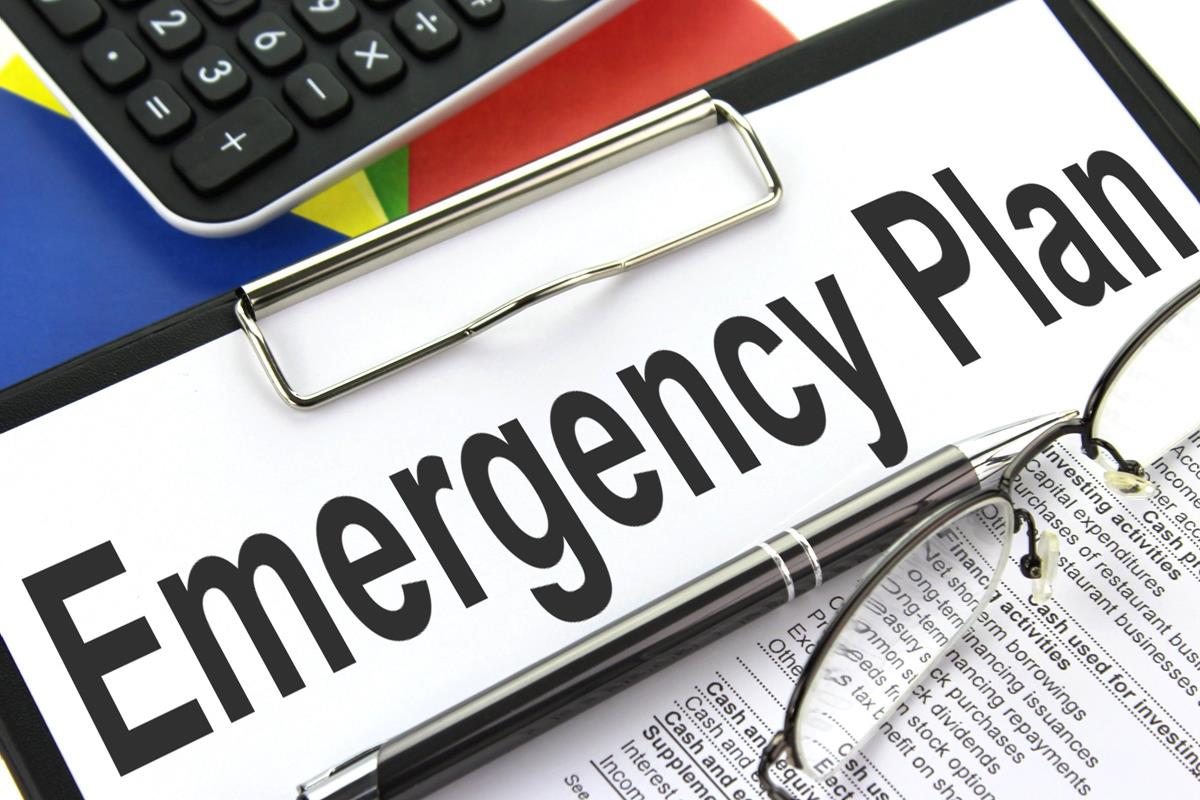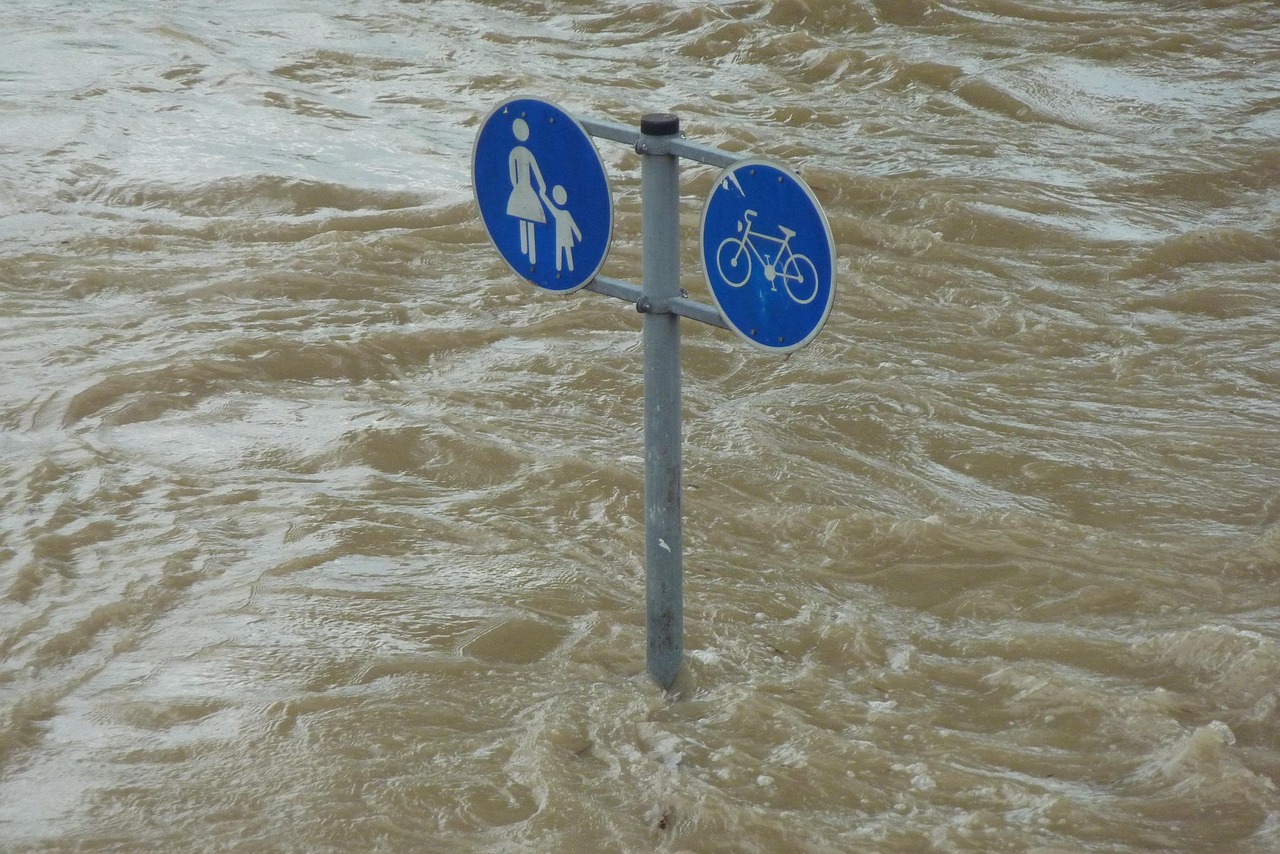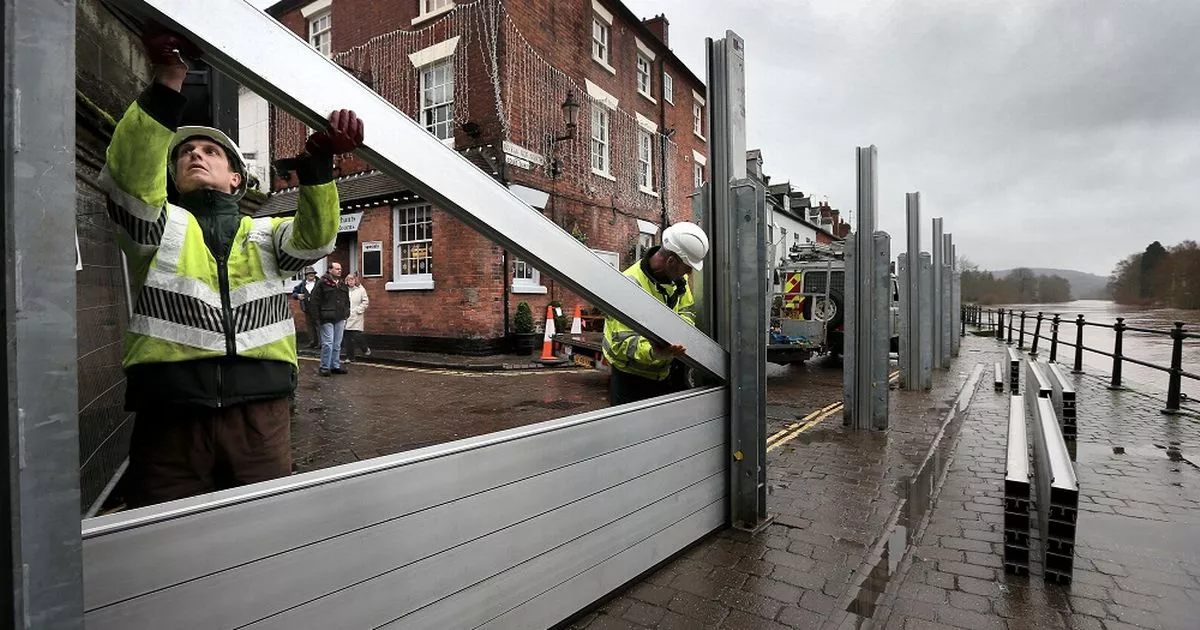Community Actions
We’ve discussed solutions and strategies for individuals to protect their homes and businesses from flooding, but what can be done in the wider community to reduce risk?
Local and central government play a significant role in community wide flood mitigation schemes, such as constructing levees, flood glass walls, embankments, and flood gates, but is there a role for community action?
The capital budget schemes highlighted above take many years to come to fruition. Gathering catchment data, understanding the geography and geology of the land to developing complex flood models are all essential before any ground can be broken, plans developed, permissions granted and building commences.
Perimeter or mobile flood barriers offer some options to cover the years of waiting for the capital scheme to arrive, but also to enable community involvement. They can also be a good solution for detached properties, retail and business parks and warehouses, that are not cost-effective to protect with a capital scheme and where flooding is limited to about 1.2m in height.
Unlike sandbags, a small group of people can swiftly erect mobile flood barriers in 30 minutes for a small scheme and a few hours for larger barriers several kilometres in length.
[They are reusable, and unlike sandbags, they do not have to be sent to landfills and/or disposed of safely if they contain hazardous materials.]
Charitable Community Interest Groups could be established to obtain government grants to purchase flood barriers and install more localised and relevant flood sensors and warning systems.
Defence lines will need to be established, and the most appropriate barrier chosen for each location. “Trigger points” will be agreed upon based on warnings from sensors, the BOM, and local water companies as a “call to action” for the community to deploy their own flood defences.
FPaaS – Flood Protection-as-a-Service is a concept that can cover these ideas for localism and community engagement and action.
Communities in different flood catchments could group resources to share for different flood events using a commonality of products along with specialist items to suit each location.
Flood mitigation is always seen as a cost rather than an opportunity so it is important to minimise the costs as much as possible and sharing resources is one way of achieving that. After all, the barriers and pumps are likely to be in storage for most of their useful life so maximising their use across different flood zones makes a lot of sense.

Training and dry-runs will ensure the products can be deployed rapidly and correctly when needed and add to the sense of community and shared awareness.
Experts can be brought in to add sensors at the local level based on flood flood maps, flood modelling and historic flood events. These can be triggered to SMS, local community centres (pubs, town halls, malls, central parking areas, etc.), and large display boards on the approaches to the flood zone(s).
These same perimeter barriers can also be deployed to protect isolated buildings that are not covered by the main schemes, as below.






